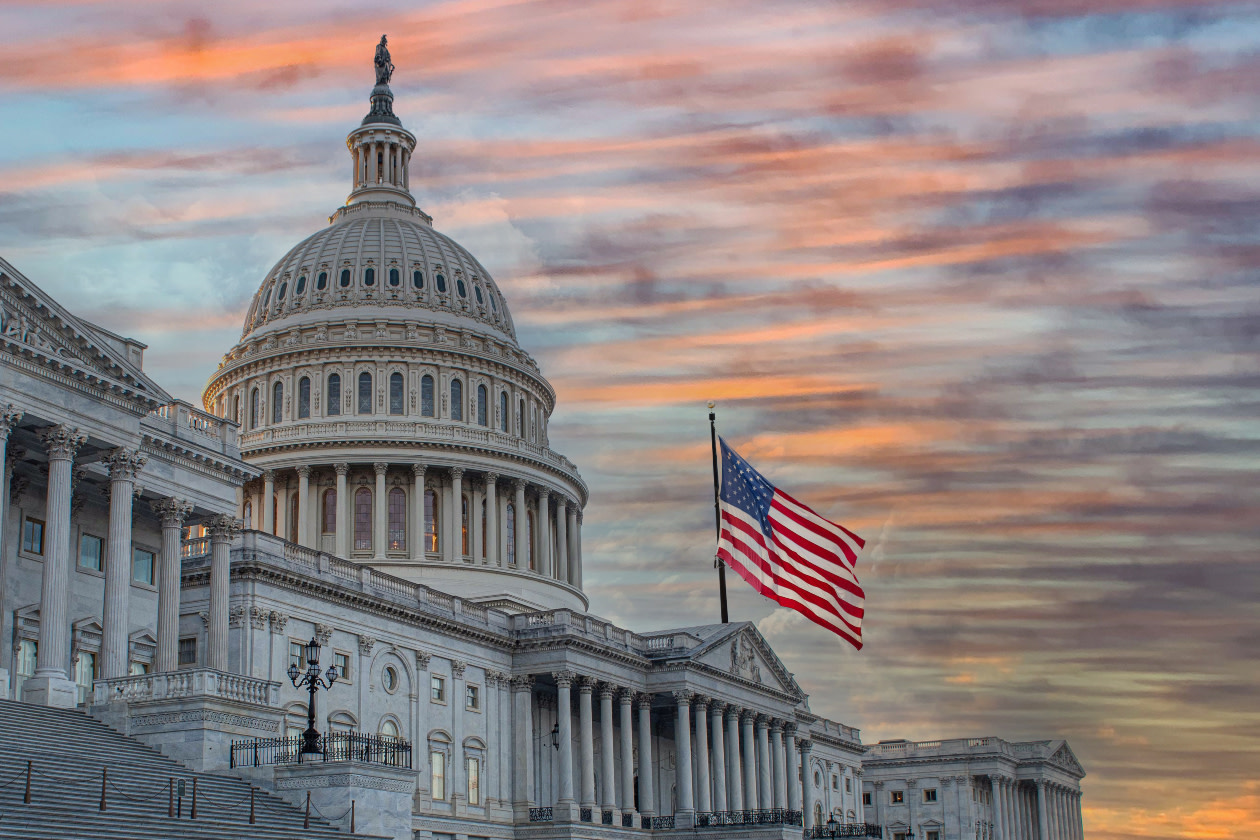The way the next president of the United States is chosen is different compared to how we elect the prime minister in the UK.
Neither the Republican nor Democratic party have a permanent figurehead. That means anyone can announce their bid to become the next presidential candidate for that party at any point before an election.
Those who’ve announced their intention to run go to a first ballot nomination process called primaries and caucuses.
What is the nomination process?
The primaries and caucuses are where each state will vote on who they want to represent that party for the upcoming election.
Each state has their own rules on who can vote. However, most states either allow everyone in the state to vote or limit it to only those who are registered to that specific party to vote.
Most states use primaries to choose their nomination, but a handful use caucuses. The difference is that caucuses are arranged by the political parties themselves, but primaries are run by state and local government.
The end result is that each party will have a representative that will battle it out to become the next president.
Voting for the nominations began in January and will end in June. There’s one particularly important date, called ‘Super Tuesday’, which this year is today, 5 March.
Super Tuesday’s where the greatest number of states hold their primaries or caucuses and often gives a gauge on who’s going to be the frontrunner.
Although a strong result in Super Tuesday gives a good indication on who’ll represent that party, that’s not always the case.
In 1984, Democrat hopeful Gary Hart had a strong performance winning seven major states in Super Tuesday. However, he ultimately came up short to Walter Mondale who then lost the presidential election to Ronald Reagan.
What is the Electoral College and how does it work?
Once each party has their nominated presidential candidate, they’ll go head-to-head in the election. The elections will be held in November 2024.
In the election itself, voters cast their vote for the next president, by voting for electors. This is like voting for your local MP in the UK. However, the difference in the US is that whichever presidential candidate gets the most electors within a state, wins the votes of all the electors within that state. So, each state ends up backing one presidential candidate only.
This is different in the UK election where a county might be made up of lots of MPs representing different parties.
However, not all states are equal. Each state has a different number of electors, based on their population. This means that some states are more important to the race for the presidency than others. For example, California has 55 electors while Alaska only has three.
The electors meet in December to confirm the winning candidate, with the inauguration of the new president taking place in the January.
In total there are 538 available votes for president, meaning that a majority of 270 is needed to win.
Who’s in the race to be the next US president?
From the Republican party, several candidates announced their intention of running. These include most notably former President Donald Trump, former Vice-President Mike Pence, Governor of Florida Ron DeSantis, former Governor of South Carolina Nikki Haley and a host of other names.
Currently, only two remain.
Despite just a few states having currently voted in their primaries or caucuses, it’s given a clear indication on how the race is likely to go. As of 1 March, Trump has 119 delegates pledged to vote for him, far ahead of Haley who has 22 and DeSantis on nine.
With Trump dominating the primaries so far, many Republican candidates have left the race and pledged their support to Trump, partly to stay in his good books should he become the next president.
The only remaining competitor to Trump is Haley who despite losing her home state vote in South Carolina to Trump, has vowed to continue fighting.
The Democrat race has a clear leader in current President Joe Biden. So far, he has all 177 delegates that have been voted on.
Rival Robert F Kennedy decided to run independently. And Author Marianne Williamson, who dropped out of the race in February, has re-entered the race after gaining 3% of the votes in Michigan’s primary.
Who’s leading the polls?
Although nothing’s for certain, the current polling projections suggest it’s almost certain we’re in for another Biden versus Trump campaign for the top job.
Biden faces close to no competitors while Trump has a commanding lead on Haley.
Between Biden and Trump, it’s very close. But according to current projections, which could change between now and the presidential election, Trump holds a marginal lead.
This is despite Trumps on-going legal problems as he faces four criminal charges with the first trial set for the end of March. The outcome of the trials could sway voters one way or the other.
It will be interesting to see if there are any surprises in the votes on Super Tuesday, although it’s likely that we’ll be looking at another Biden versus Trump campaign.
Whatever the outcome, it’ll be good to get the bulk of the starter out of the way so we can all focus on the main course.
Republicans or Democrats – who has the better stock market record?
Over the last 50 years it’s been Democratic presidents who’ve provided the best stock market returns while in office.
During Bill Clinton’s presidency from 1993-2001 the MSCI North America returned 210%, just above Barack Obama who returned 180% from 2009-2017.
Ronald Reagan was the best performing Republican president during 1981-1989 where the market went up 117%.
Between Biden and Trump, Trump has the edge. During Trump’s time in office, the MSCI North America index returned just over 64%. That puts him third in the best-performing Republican presidents in the last 50 years.
The stock market hasn’t done as well so far during Biden’s term, with the index up just over 30% (Source: Lipper IM to 31/01/2024). That said, Biden’s time isn’t over yet so could still end up ahead of Trump.
This article isn’t personal advice. Past performance isn’t a guide to the future. Investments can rise and fall in value, meaning you could get back less than you invest. If you’re not sure if something is right for you, ask for financial advice.


